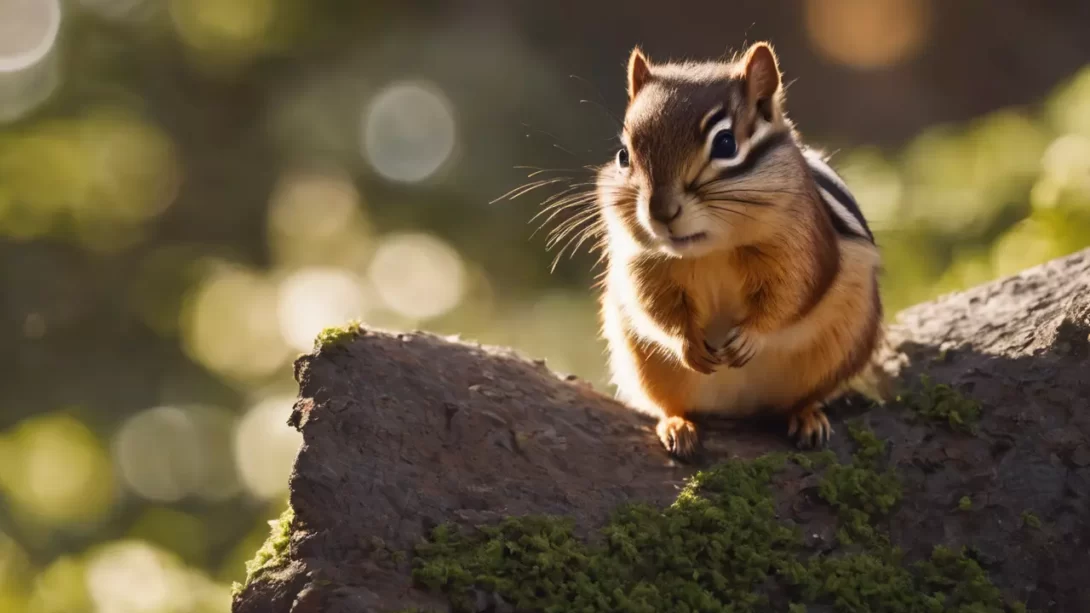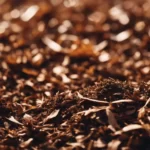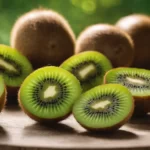Chipmunks, the small, striped rodents often seen scurrying in gardens and woodlands, have a varied diet that sparks curiosity about their food preferences. A common question among wildlife enthusiasts and gardeners is whether chipmunks are attracted to peanut butter. This article delves into the dietary habits of chipmunks and explores their potential interest in peanut butter, providing insights for those looking to understand or attract these creatures.
Chipmunks: A Brief Profile
Chipmunks are small members of the squirrel family, primarily found in North America, with a few species in Asia. They are known for their distinctive stripes and cheek pouches. In their natural habitat, chipmunks are omnivores, feeding on a diverse diet that includes seeds, nuts, fruits, insects, and occasionally small birds’ eggs. They are adept foragers, often storing food in their burrows for winter. Understanding their natural diet is key to exploring why they might be attracted to foods like peanut butter.
The Allure of Peanut Butter for Chipmunks
Peanut butter, with its high fat and protein content, can be appealing to many animals, including chipmunks. These nutrients are valuable to chipmunks, especially as they prepare for hibernation. The creamy texture of peanut butter might also be attractive to these animals, as it’s easy to consume and store in their cheek pouches. Additionally, the strong scent of peanut butter can attract chipmunks from a distance, making it a potentially effective lure for those looking to observe or feed these creatures.
Observations and Studies on Chipmunks and Peanut Butter
Research and anecdotal evidence suggest that chipmunks are indeed attracted to peanut butter. Observations from gardeners and wildlife enthusiasts indicate that chipmunks will readily approach areas where peanut butter is available. Studies focusing on wildlife feeding habits have noted that the high caloric content of peanut butter makes it an enticing option for these energy-conscious creatures, especially as they stock up for winter.
The feeding behavior of chipmunks when presented with peanut butter is also noteworthy. They tend to consume it eagerly, often filling their cheek pouches to transport it back to their burrows. This behavior aligns with their natural instinct to gather and store food, and peanut butter’s consistency makes it an ideal candidate for such storage.
Benefits and Concerns of Feeding Peanut Butter to Chipmunks
Offering peanut butter to chipmunks can have its benefits. It provides a high-energy food source, which can be particularly helpful for these animals during periods of food scarcity or when preparing for hibernation. The protein and fats in peanut butter are valuable for their nutrition, potentially supporting their overall health and energy levels.
However, there are concerns to consider. Peanut butter, especially the kind intended for human consumption, often contains added sugars, salt, and preservatives, which are not ideal for chipmunks. Excessive consumption of these additives can lead to health problems in wildlife. Furthermore, dependence on human-provided food can disrupt chipmunks’ natural foraging behaviors and dietary balance.
Guidelines for Offering Peanut Butter to Chipmunks
If you decide to feed peanut butter to chipmunks, it should be done responsibly. Choose natural, unsalted, and unsweetened peanut butter to avoid harmful additives. Offer it in small quantities to prevent overdependence and ensure it’s part of a more varied food offering. Also, place it in a location that doesn’t encourage chipmunks to venture too close to human habitats, reducing the risk of negative interactions.
Conclusion
In summary, chipmunks do show a liking for peanut butter, attracted by its high energy content and palatable texture. While this makes peanut butter a potentially useful food for attracting chipmunks for observation, it’s important to consider the implications of feeding them this human food.
The key takeaway is to balance the desire to interact with chipmunks through feeding with the responsibility of ensuring their health and safety. Feeding chipmunks peanut butter should be done sparingly and thoughtfully, using natural, unsweetened, and unsalted varieties. It’s also crucial to maintain the natural behavior of chipmunks by not making them reliant on human-provided foods. Encouraging their natural foraging habits supports their health and the ecological balance.
Remember, the best way to enjoy wildlife like chipmunks is to observe them living and interacting in their natural environment. While occasional feeding can be a delightful way to attract these creatures, it should never replace their natural diet and foraging behaviors. By following these guidelines, we can enjoy the presence of chipmunks in our gardens and outdoor spaces responsibly, ensuring that these charming animals remain healthy and thrive in their natural habitat.



